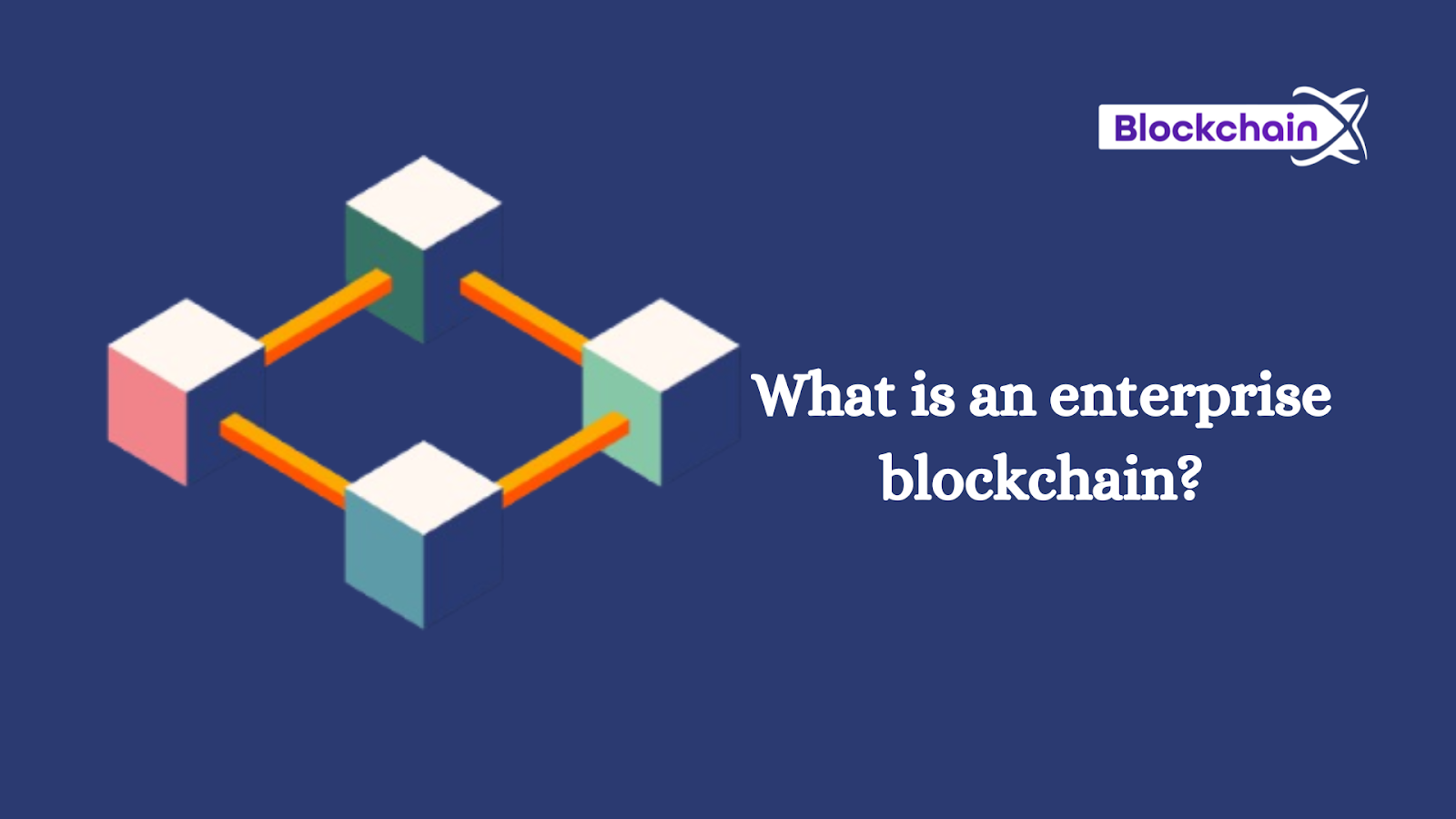
Big Data & Analytics: What Trends To Look Out For In 2022
- By Sunny Kumar
- 17-02-2022
- Data Science
In the present market scenario, data is the baseline for any organization in numerous ways. Machine learning, Big Data Analytics, Data Science, Data Science, and Artificial Intelligence are the driving technologies of organizations today. As more and more businesses are moving towards data-driven strategies to simplify their workflows, the data analytics sector is witnessing exponential growth. From driving fact-based planning and embracing data-driven benchmarks to developing data-centric services, businesses are leaning towards the world of data analytics.
If you’re wondering about the latest data analytics trends that can assist your business to overcome the challenges and uncertainties of the trade, this blog is for you! Let’s address a few of the most important Data Analytics trends that are making a significant mark in the industry in the year 2022.
Scalable and Smart Artificial Intelligence
The pandemic has altered the economic scenario in a multitude of ways, making historical data obsolete. Hence, in lieu of typical AI technologies, we’ll be seeing smarter and more scalable Artificial Intelligence and Machine Learning methodologies in the market that can operate with little data sets. Such technologies are faster, safeguard privacy, and are very adaptive apart from helping one realize a better ROI. such a hybrid of Big Data and AI can bring in automation to reduce a lot of manual and redundant work.
Composed and Agile way of Data & Analytics
Agile data and analytics methodologies bring in a lot of digital growth and innovation. The aim of edge technology and data analytics is to provide a composable, flexible, user-friendly, and seamless user experience with numerous data analytics, ML, and AI techniques. This not just enables managers to link actionable insights but also, foster collaboration, encourage productivity, and develop the analytical functionalities of the business.
Cost and Security with Cloud Computation and Hybrid Cloud Solutions
We will be seeing a massive upsurge in the use of cloud computation and hybrid cloud services. The downside of using public clouds is the lack of security, while private cloud services are more secure at an additional cost. Subscribing to a hybrid cloud gives users the best of both worlds; a public and private cloud where there is greater agility and security along with balanced pricing. Hybrid clouds with the help of ML and AI can change companies by providing data security, centralized database, scalability, and more features at an economical rate.
Better Architectural Framework with Data Fabric
A data fabric is a set of services and an architectural framework to bring uniformity in data management best practices and consistency in the capabilities of hybrid multi-cloud ecosystems. With the present growth in business trends with the growing complexity of data, more businesses are going to rely on this data fabric’s framework since it can recycle and efficiently blend multiple styles of integration, technologies, and data hub skills. This goes on to minimize the time put in designing, deploying, and maintenance by 30 percent, 30 percent, and 70 percent respectively. In short, it simplifies the entire system. We will be seeing this become one of the greatest adoptions in the form of Infrastructure as a Service by 2026.
Quicker Analysis with Edge Computing
The lack of substantial data processing capabilities is one of the downsides of most Big Data tools today. However, the project of quantum computing was brought forth due to this problem, which uses the laws of quantum mechanics to speed up computation and processing for huge data sets. Additionally, data security and privacy are much more enhanced than classical computing that can solve a problem in 200 seconds using quantum bits of the processor Sycamore.
Enhanced Business Intelligence with Augmented Analytics
The concept of Augmented Analytics is based on data analytics applying Natural Language Processing (NLP), Machine Learning (ML), and Artificial Intelligence (AI). It helps in the automation of data analytics, business intelligence, data sharing, and detection of insights.
From assisting in data preparation to automating and processing data while deriving actionable insights, Augmented Analytics removes the need for all companies to have a data scientist. Data within and outside the enterprise can also be amalgamated with augmented analytics to make the business operations simpler.
Wrapping Up:
As you can see from the trends mentioned above, 2022 is going to be a busy year full of massive shifts for the world of Big Data and Analytics. We can expect more streamlined data processing and operations in business after a long couple of years, leaving behind legacy systems.
Recent blog

Blockchain for Enterprise: Transforming Business Operations
Blockchain | 23-04-2024.png)
Top 03 Audio Enhancers to Enhance Your Voice in Minutes
Technology | 18-04-2024.png)




